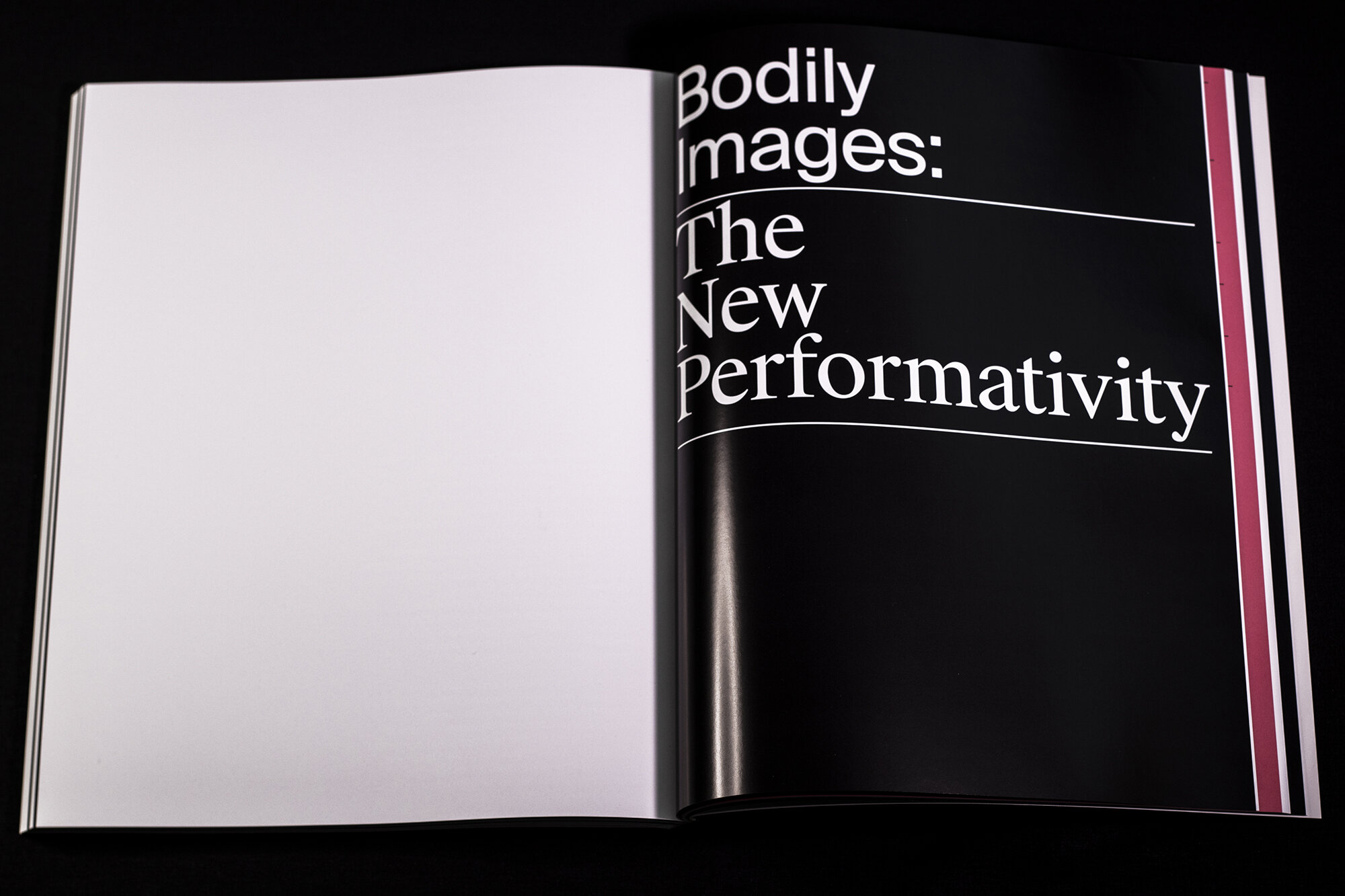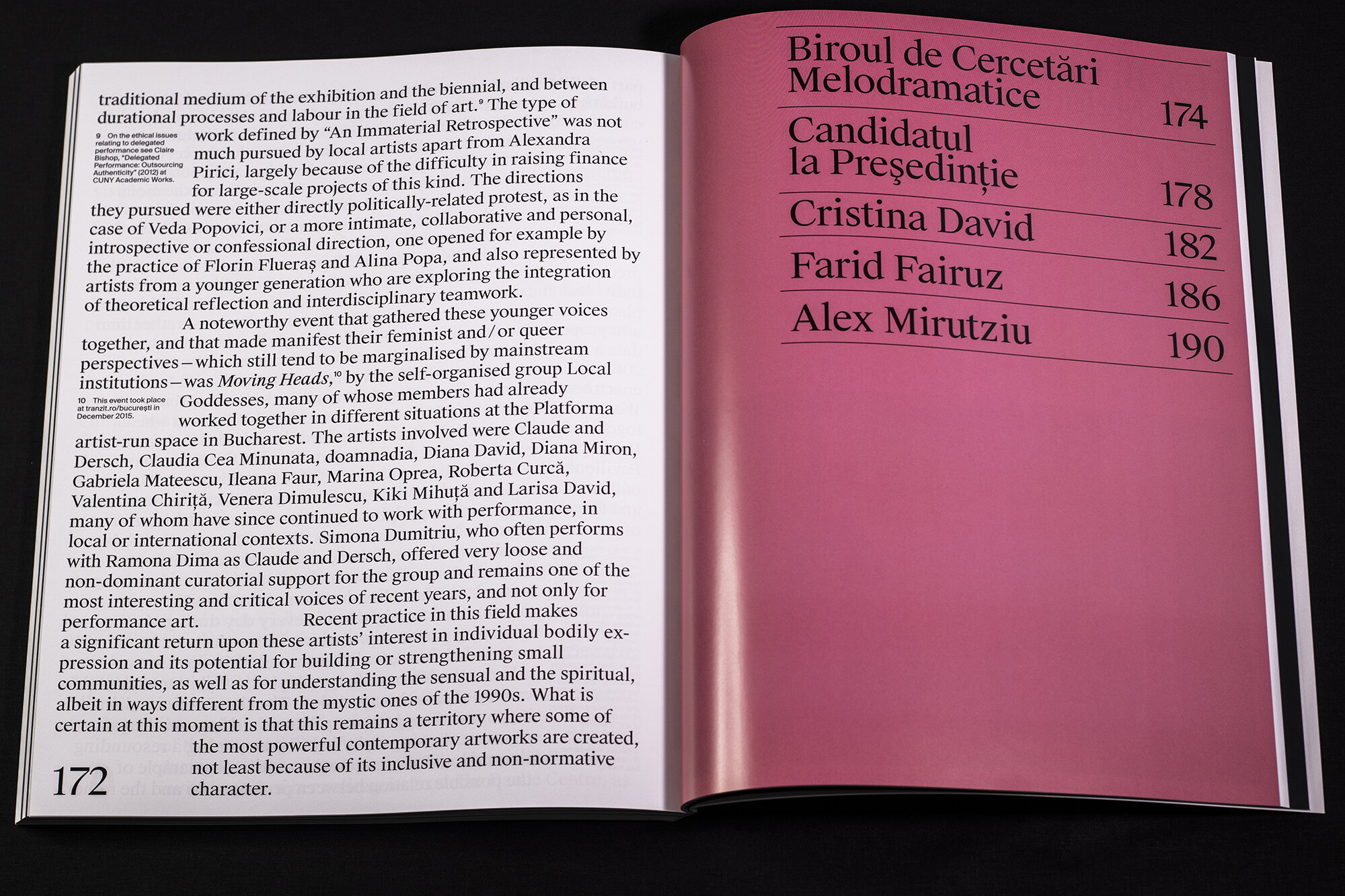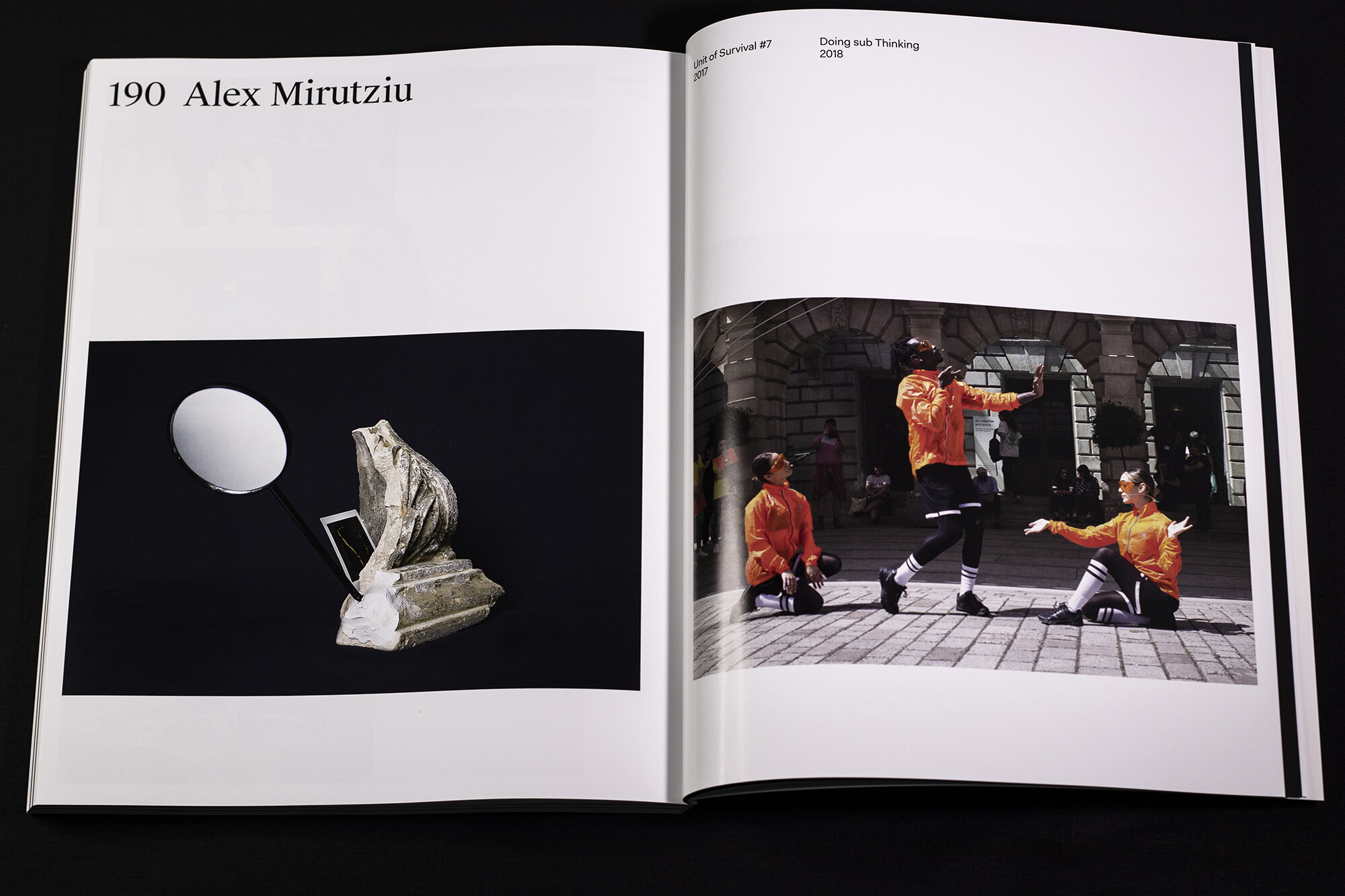12 YEARS AFTER. A SURVEY OF ROMANIAN ART IN 180 WORKS / DUPĂ DOISPREZECE ANI. PRODUCȚIA ARTISTICĂ DIN ROMÂNIA ÎN 180 DE LUCRĂRI
December 11, 2020 - May 02, 2021
National Museum of Contemporary Art - Bucharest
Floor 2
National Museum of Contemporary Art - Bucharest presents a special exhibition: "12 Years After. A Survey of Romanian Art in 180 Works", resulted from an extensive acquisition of works of art process in 2020.
Inherited mostly from other institutions and reflecting, up until 1990, the purchase mechanisms of the former communist cultural propaganda structures, the MNAC Collection reflects a nuanced outlook on Romanian artistic life, from a perspective guided not only by value criteria but also by an overview of the social, not only by value criteria but also from the complex perspective of social, economic and political contexts. The art acquisitions sessions organized following the establishment of MNAC Bucharest completed this fund with significant works — independent of ideological, political, conjunctural pressures. Through this approach, MNAC Bucharest emerged as the reference institution for the collection, conservation, research and museographic capitalization of representative visual creation in post-1989 Romania.
In 2020, the MNAC Bucharest budget was supplemented by the Ministry of Culture with 2,000 000 lei for the public acquisition of contemporary artworks. Launched in the context of the economic crisis caused by the COVID-19 pandemic, the first procedure for public acquisition of contemporary art in the last 12 years was aimed at living visual artists from Romania, active within the country and abroad. Its role was to provide an incentive for current artistic production and to increase the Romanian cultural heritage managed by the MNAC Collection.
Artists whose works have been procured: 2META, Dan Acostioaei, Ana Adam, Felix Aftene, Andreea Anghel, Apparatus 22, Cătălin Bădărău, Dragoș Bădiţă, Olimpiu Bandalac, Liliana Basarab, Vlad Basarab, Ioana Bătrânu, Matei Bejenaru, Răzvan Boar, Andreea-Lorena Bojenoiu, Rudolf Bone, Bogdan Andrei Bordeianu, Irina Botea Bucan, Ștefan Botez, Răzvan Botiș, Claudia Brăileanu, Michele Bressan, Cătălin Burcea, Ștefan Câlția, Ion Condiescu, Elena Copuzeanu, Ștefan Radu Crețu, Giulia Crețulescu, Larisa Crunțeanu, Cristina David, Raluca Ilaria Demetrescu, Daniel Djamo, Megan Dominescu, Arantxa Etcheverria, Belu Simion Făinaru, Norbert Filep, Biroul de Cercetări Melodramatice (Irina Gheorghe & Alina Popa), Dani Ghercă, Bogdan Gîrbovan, Ana Golici, Nicolae Golici, Daniel Gontz, Teodor Graur, Dragoș Hanciu, Dorina Horătău, Viorica Iacob, Gheorghe Ilea, Nicu Ilfoveanu, Adelina Ivan, Mihaela Kavdanska/Dilmana Yordanova, Aurora Király, Iosif Király, Kund Kopacz, Stela Lie, Petru Lucaci, Dragoș Lumpan, Maria Manolescu, Ana-Maria Micu, Mihai Mihalcea (Farid Fairuz), Olivia Mihălțianu, Alex Mirutziu, Gili (Virgilius) Mocanu, Patricia Moroșan, Ciprian Mureșan, Andrei Nacu, Sorin Neamțu, Maurice Mircea Novac, Dumitru Oboroc, Marilena Oprescu Singer (Saint Machine), Daniela Pălimariu, Alexandru Păsat, Cosmin Paulescu, Bogdan Pelmuș, Romelo Pervolovici, Delia Popa, Marilena Preda Sânc, Cristian Răduță, Sandu-Eugen Raportoru, Carmen Rasovszky, Gheorghe Rasovszky, Lea Rasovszky, Bogdan Rața, Decebal Scriba, Dumitru Șerban, Ioana Sisea, Larisa Sitar, Alexandru Solomon, Mircea Stănescu, Liviu Stoicoviciu, Alexandra Tatar, Patricia Teodorescu, Doru Tulcan, Ștefan Ungureanu, Dan Vezentan, Aurel Vlad, Bogdan Vlăduță, Dilmana Yordanova, Mihai Zgondoiu, Marian Zidaru, Victoria Zidaru
Artists who have donated works: Ioana Bătrânu, Bogdan Andrei Bordeianu, Raluca Ilaria Demetrescu, Nicu Ilfoveanu, Iosif Király, Maria Manolescu, Maurice Mircea Novac, Romelo Pervolovici, Doru Tulcan, Mihai Zgondoiu











